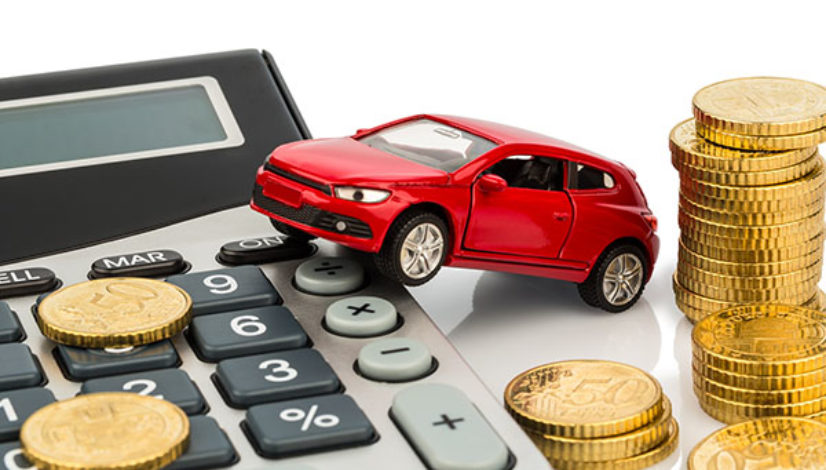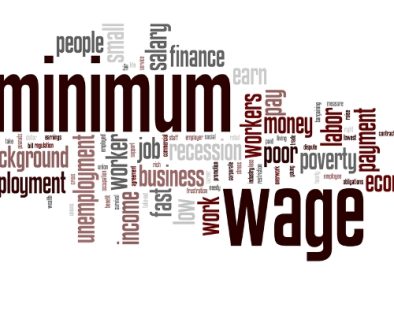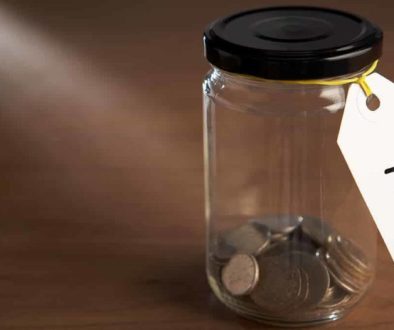Motor Vehicle Deductions – Tax Time Tips
Motor Vehicle deductions is the topic for our Tax Time Tips article. This article will detail information that will help you when claiming a deduction for motor vehicle expenses for your business – whether you use a registered tax agent or lodge your own return
Points to consider:
The way to calculate your claim depends on your business structure.
- If you change your business structure, your entitlements and obligations may change.
- You must apportion your expenses between business and private use.
- You must keep records for five years to prove your expenses.
Sole Traders and partnerships
If you operate your business as a sole trader or partnership (where at least one partner is an individual), the way to calculate your deduction depends on the type of vehicle and how it is used. The vehicle can be owned, leased, or hired under a hire purchase agreement. You can only claim motor vehicle expenses that are part of the everyday running of your business (such as travelling between different business premises). If the vehicle is used for both private and business purposes, you must exclude any private use (such as driving your children to school).
Cars
For cars, you can use the cents per kilometre method or the logbook method to work out your claimable expenses.
Cents per kilometre method
You can claim a maximum of 5,000 business kilometres per car. The rate per kilometre (66 cents in 2017–18 and 68 cents in 2018–19) takes into account your car running expenses, including depreciation. You can’t make a separate claim for
depreciation of the car’s value. You don’t need written evidence, but you must be able to show how you worked out your business kilometres (for example, calendar or diary records). For claims above 5,000 kilometres you must use the logbook method to claim the entire amount
Logbook method
You can claim the business-use percentage of each car expense, based on logbook records.
You must record:
- when the logbook period begins and ends
- the car’s odometer reading at the start and end of the logbook period
- details of each journey including
– start date and finishing date
– odometer readings at the start and end
– kilometres travelled
– reason for the journey. - You must keep the logbook for a period (at least 12 continuous weeks) that is representative of your travel throughout the year. You can then use this representative period to calculate your claim for 5 years if you:
- keep the logbook
- take odometer readings at the start and end of each year that you use it.
Work out the percentage of business travel from your logbook and use this to claim your business-related car
expenses. You can’t claim capital costs such as the purchase price of the car but you can claim this as depreciation.
Other vehicles
For all other vehicles, you can’t use the cents per kilometre or logbook method. Your claims must be for actual costs for expenses you incurred, based on receipts. You can use a diary or journal to separate private use from business use.
Companies and trusts
If you operate your business as a company or trust, you can only claim the actual costs for motor vehicle expenses that are part of the everyday running of your business (such as travelling between different business premises, visiting clients or picking up goods for sale). Actual costs are based on receipts for expenses incurred. You cannot use the cents per kilometre or logbook method to calculate your claim
Motor vehicle ownership
There are further considerations depending on the ownership of the vehicle
Vehicle owned or leased by your business
Your business can claim a deduction for the running expenses of a vehicle that is owned or leased by your business
Vehicle owned by your employee
If your employee uses their own vehicle for business-related purposes and you pay them a motor vehicle allowance or
reimburse them their costs, your business can claim a deduction for the allowance or expenses reimbursed, such as the
cost of fuel.
Depreciation of a motor vehicle
If you work out your deduction for expenses using the logbook method or actual costs, then you can generally claim a deduction for capital costs, such as the purchase price of a motor vehicle, over a period of time. This is known as depreciation or a decline in value.
You can apply the:
- simplified depreciation rules – by adding the motor vehicle’s cost to the small business pool or using the instant asset write-off (if eligible), or
- general depreciation rules – by claiming a deduction over the effective life of the asset.
If the business vehicle is a car, there’s a limit on the cost you can use to work out your depreciation claim. For the 2018–19 and 2019–20 income years, the limit is:
- $57,581, or
- the cost of the vehicle if it’s less than this amount.
Records you need to keep
The records you need to keep depends on the method you use to calculate your motor vehicle expenses.
Regardless of the method you use, you will need to keep:
- loan or lease documents
- details on how you calculated your claim
- tax invoices
- registration papers.
Our team at Gerard Wilkes & Associates are here to help. If you have any questions regarding this article, or would like to discuss your taxation matters further, please contact us at https://www.wilkes.com.au/contact-us/ or call our office 07 5532 1733.
Article referenced from: https://iorder.com.au/publication/publicationdetails.aspx?pid=75417-05.2019#




